Cyclingnews Verdict
If safety is a key consideration to your purchase of a helmet, the Century MIPS comes backed with independent testing and a very secure fit
Pros
- +
The second safest road helmet as tested by Virginia Tech
- +
Twist Cap offers easy on the fly adjustment to ventilation and aerodynamics
- +
Comfortable fit and easy to use retention dial
Cons
- -
In-moulding could be neater
- -
The rear light is poorly executed
- -
Heavy
- -
Nowhere to store sunglasses
You can trust Cyclingnews
Lazer has some serious bragging rights when it comes to helmet safety. When Virginia Tech collaborated with the Insurance Institute for Highway Safety to perform independent testing, they found that the Lazer G1 and Century MIPS achieved first and second respectively in the group test of the best road bike helmets. Even more impressively, when pooled in findings including mountain bike helmets and commuter helmets, they both still make the top five. The G1 is one of Lazer’s premium superlight helmets while the Century MIPS that we have on test is a more affordable and adaptable semi-aero helmet with Lazer’s smart Twist Cap front panel.
Design and aesthetics
Visually the Century borrows much of its shape and aesthetic from Lazer’s Bullet Aero helmet. Front and side profiles are similar, designed to form a narrow shape to cut through the air easier. Venting has been increased and the Century features 22 vents across the helmet, these are almost all linked together with internal channelling which helps move air across the head to help dispel heat out the rear of the helmet.
In the centre of the helmet where the Bullet Aero has Lazer’s Airslide system, the Century features what it calls Twist Cap - a magnetically secured panel that has directional vents on one end and a solid face on the other. By flipping the Twist Cap panel a rider can change the Century from offering full ventilation and turn it into an aero helmet. Lazer doesn’t give a number for how much more aero the closed position is but does claim that in the open position the helmet is 11 per cent more ventilated. The helmet also doesn’t look out of place with the Twist Cap completely removed, so on hot days, it can be left at home for maximum airflow.
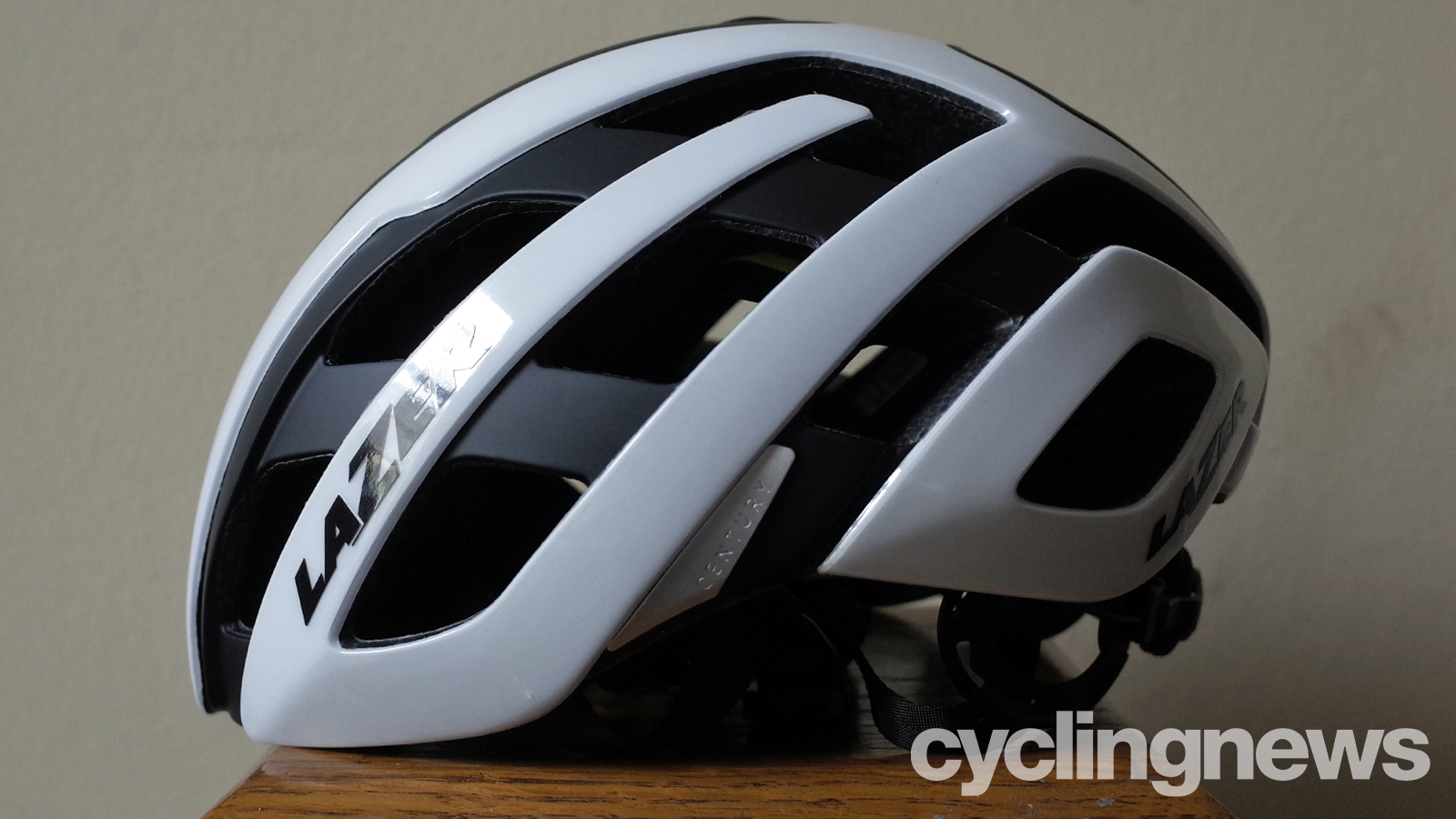
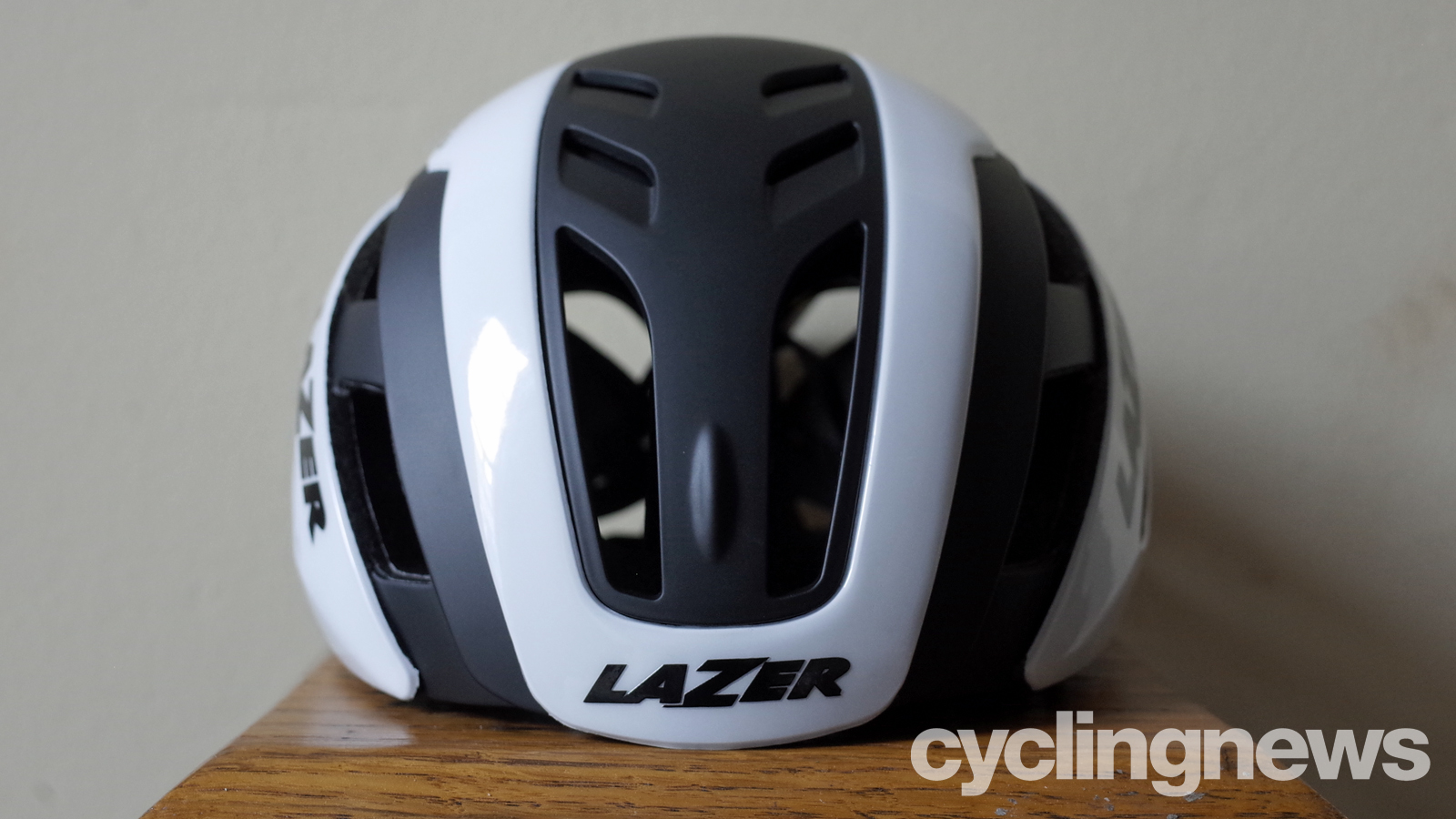
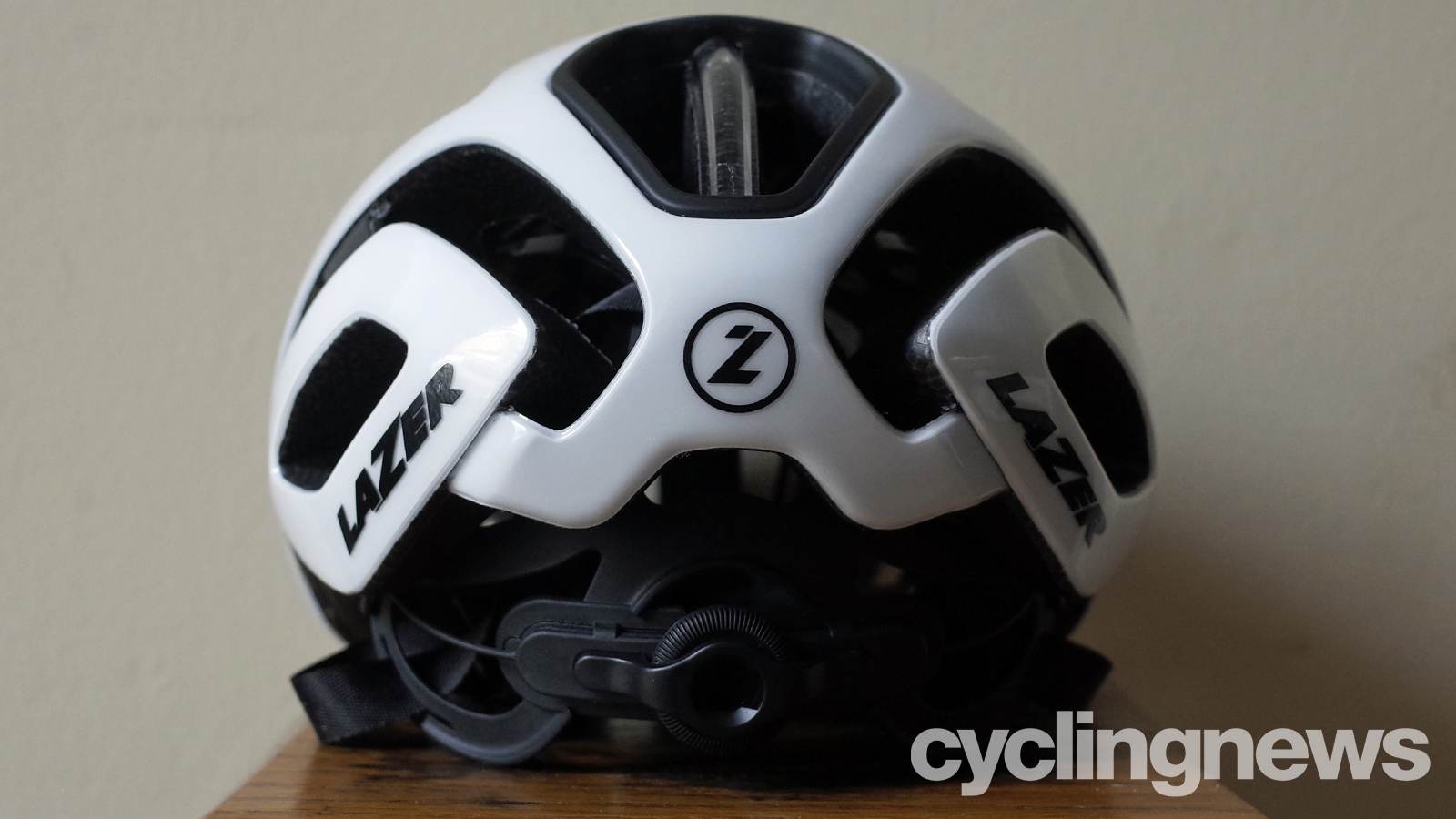
Adding to the safety, a MIPS liner has been integrated within the Century helmet. The concept behind MIPS is that it creates a slip plane between the helmet and your head to reduce the effect of rotational forces on the brain. The integration means that the liner has been worked around Lazer’s vent position to reduce interference with airflow as much as possible.
As with most helmets, the Century uses an EPS foam that’s in-moulded to an outer shell. The in-moulding’s coverage of the EPS is decent and there are no signs of nicks or scratches. Although it isn’t as neat around the bottom, Lazer has used two sections of in-moulding which leaves a small strip of EPS exposed, unlike other helmets we have had on test which manage complete coverage. The LED rear light is a great idea, we all know the safety advantages and having a light integrated into a helmet not only reduces the chances of getting caught out on dusk rides but also places the light high up which is the most advantageous position. Disappointingly, the single LED is so underpowered it is only really going to be visible in the darkest conditions. The integration is rather poorly executed as well, riders with larger fingers will struggle to reach the on/off button through the channelling on the inside of the helmet and the light unit needs to be poked out from its recess in the EPS with a pen when it needs to be recharged.
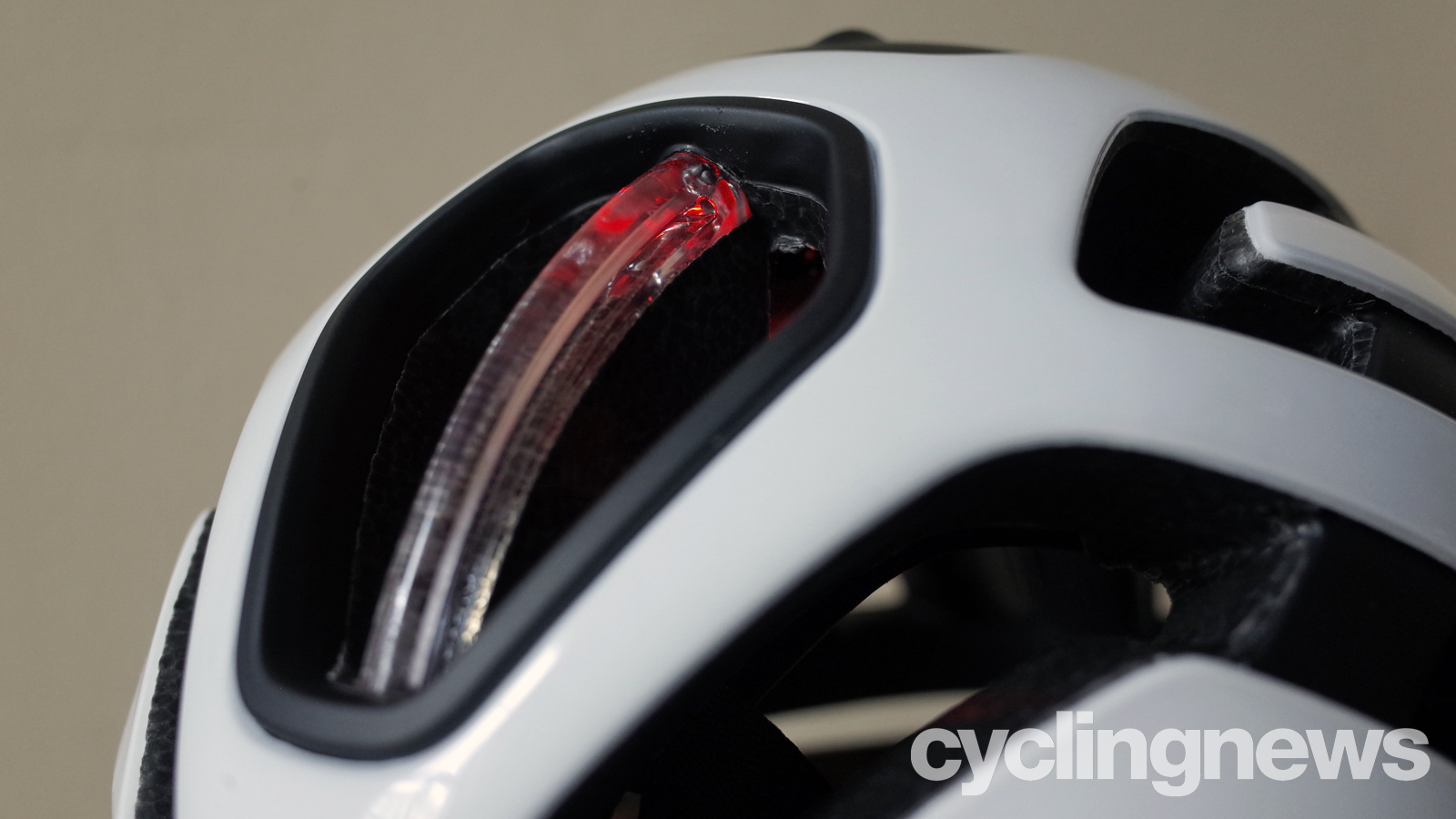
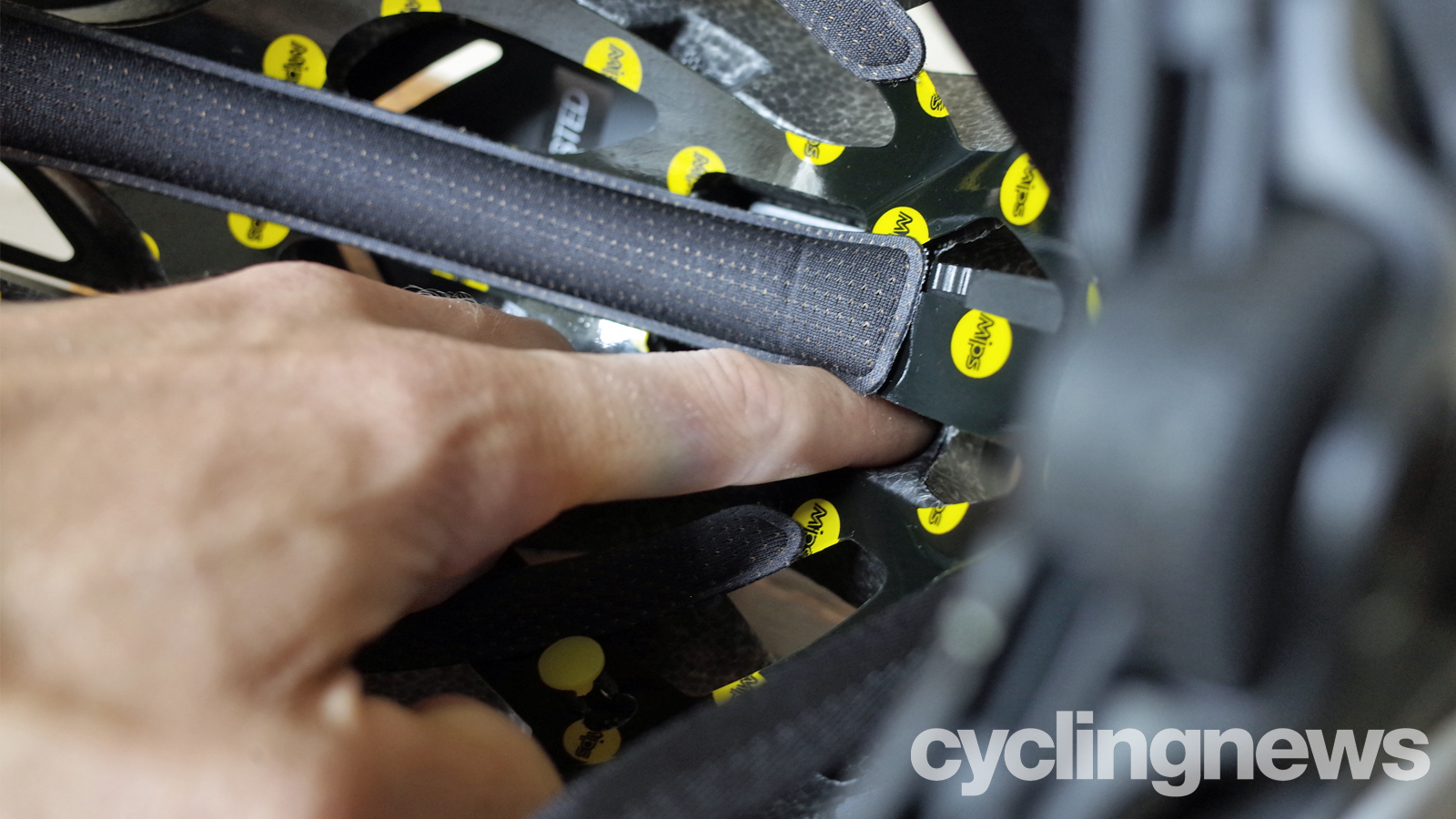
Performance and fit
The Century MIPS is fitted with Lazer’s Advanced Turnfit retention system. Anchored around the forehead, a dial cinches the system from just behind the temples and around the rear of the head. The dial makes a very audible click sound to help with precise adjustments and the dial is chunky enough to be used when wearing the thickest of winter gloves. The occipital section can also be adjusted vertically, giving eight positions to fit a wider range of heads.
Long XStatic pads are fitted throughout the helmet, adding a comfortable level of padding whilst also holding off the build-up of unpleasant smells. This sample helmet is still fresh despite some long hot rides.
The straps are mounted at the front and fed through the cradle to a securing loop at the rear of the helmet. The straps are managed below the ears by a branded hexagon-shaped guide that is flat and unobtrusive.
The Century MIPS isn’t light, with the extra features included it adds up to a helmet that is at least 40g heavier than a lot of its competitors. While gram counting will play a big part in the racier demographic's decision, for most mere mortals, it doesn’t make much of a difference and it is still light enough to not leave you feeling weighed down on longer rides.
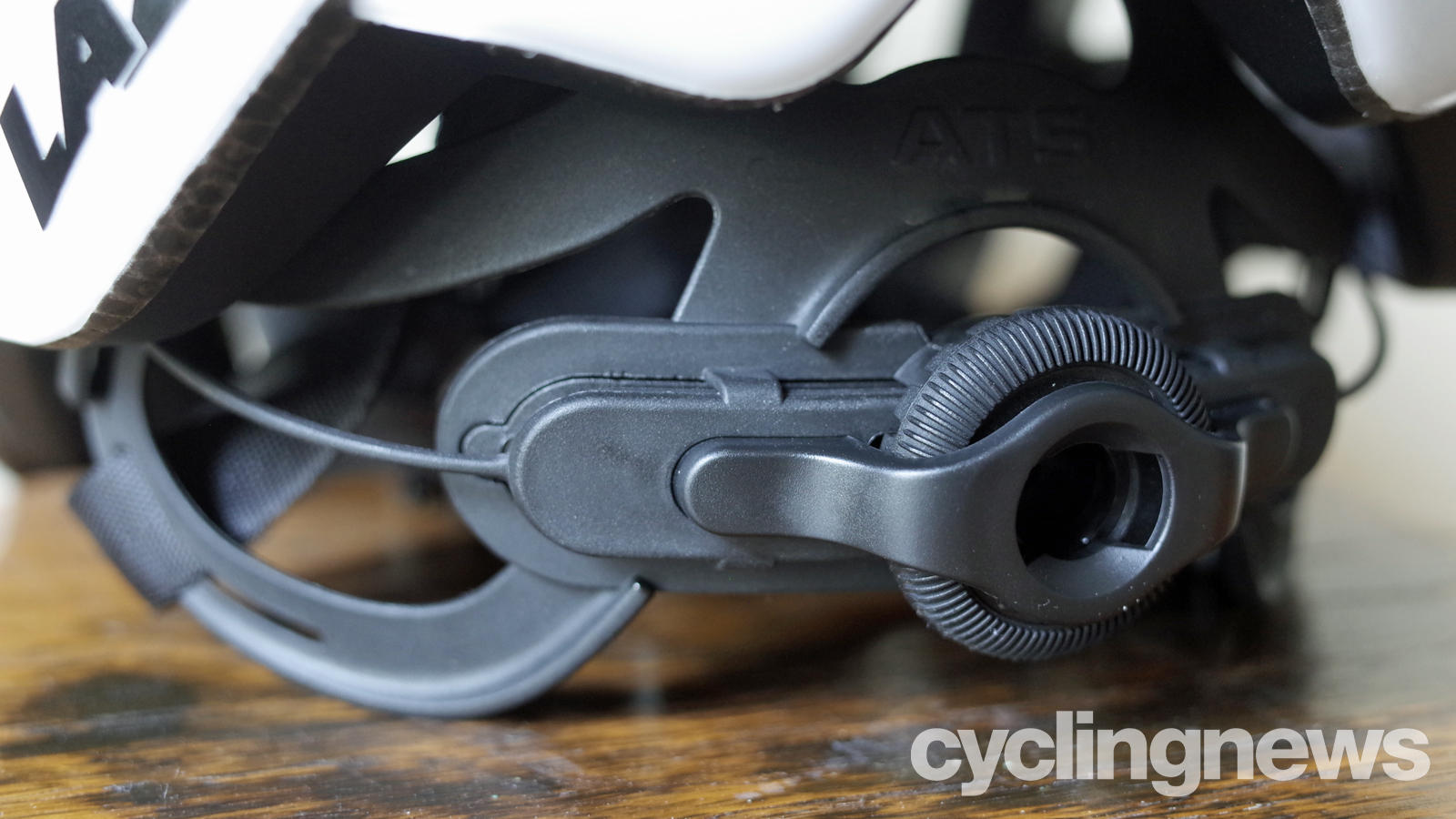
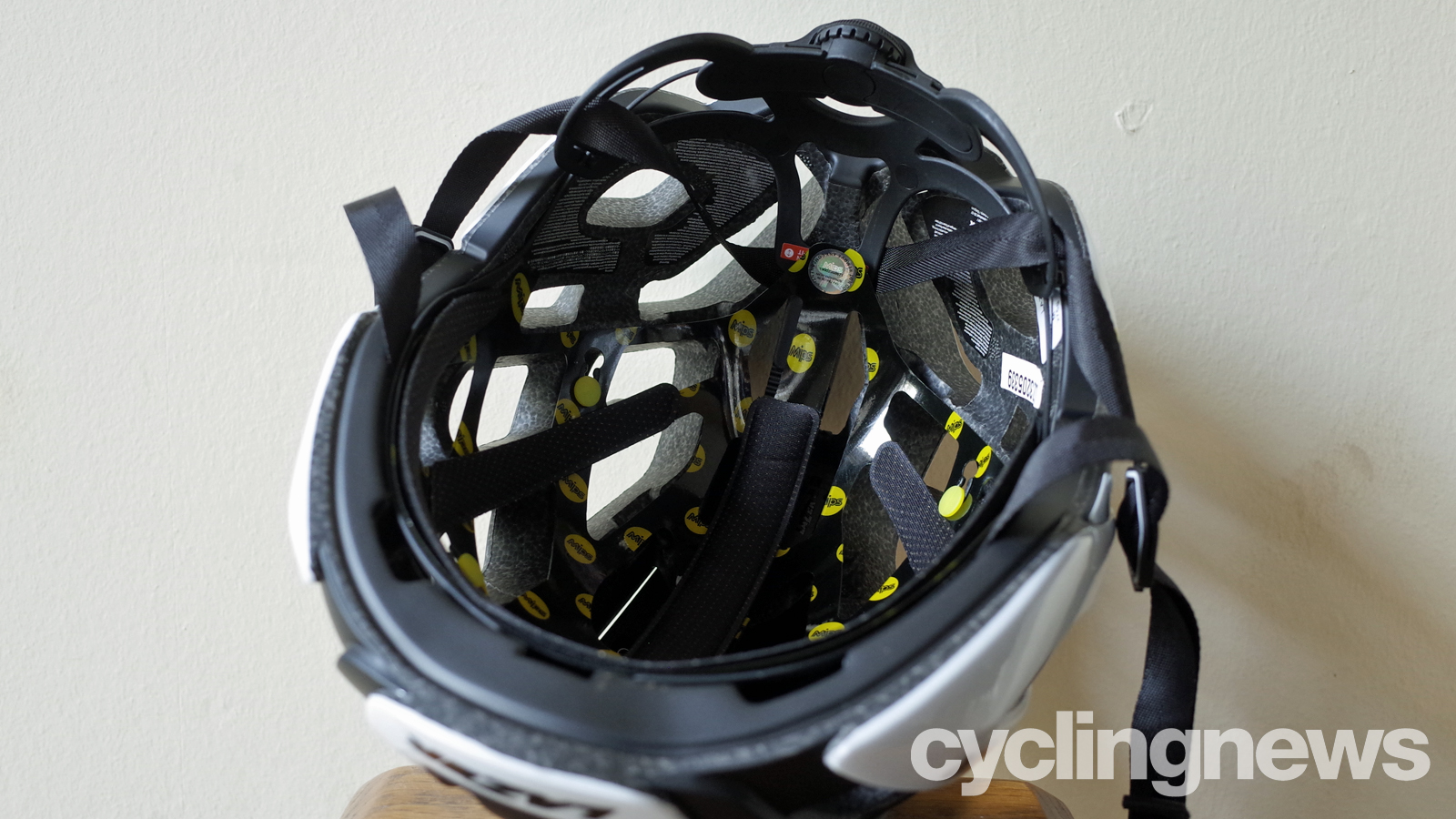
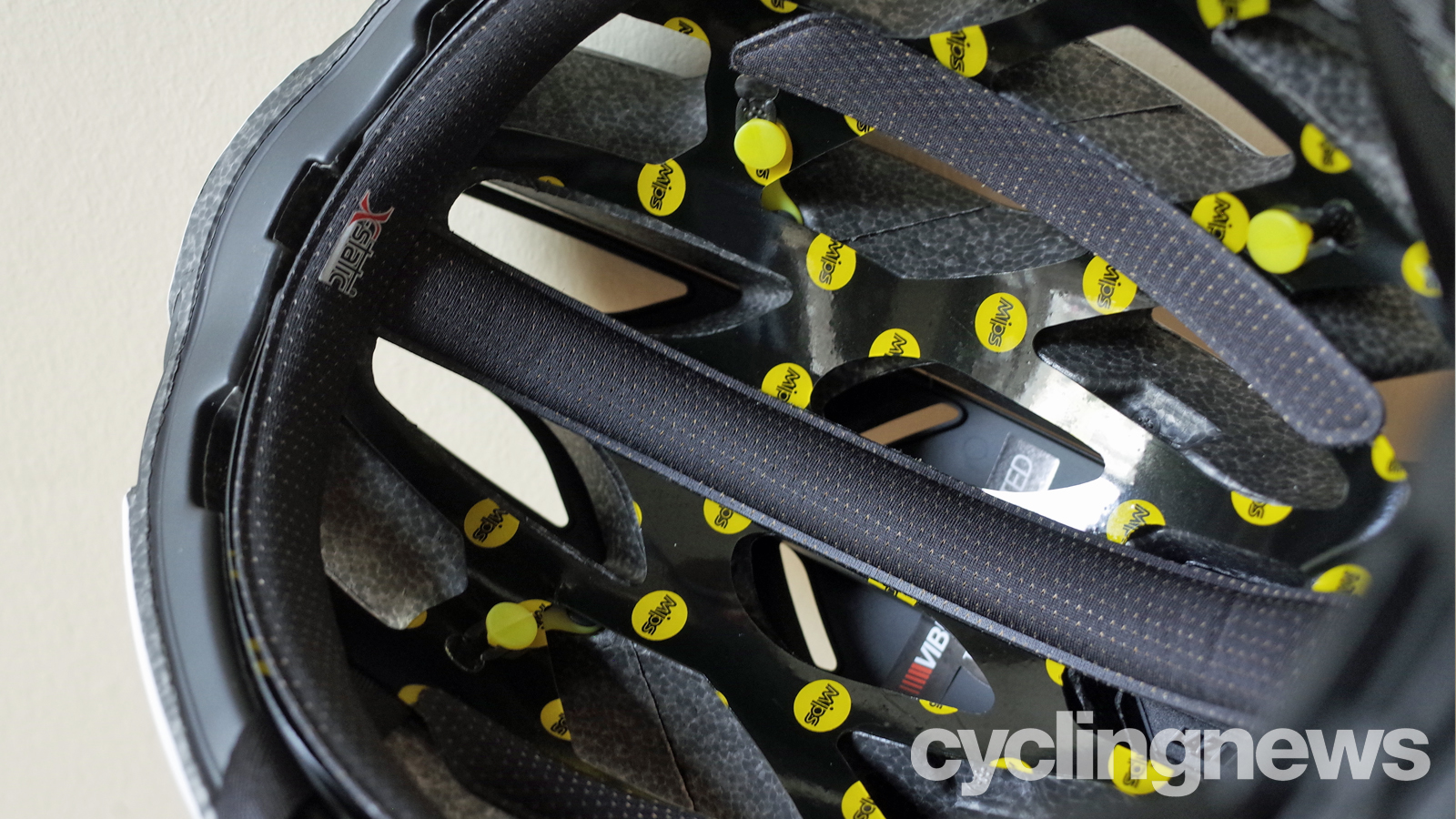
Riding experience
With three different levels of ventilation, the helmet can be tailored easily depending on conditions. There wasn’t much of a discernible difference between having the Twist Cap in the open position or removing it completely, although on very hot rides there would be a more noticeable difference. In the aero position, ventilation is unsurprisingly compromised, however if a good speed is maintained, airflow is still adequate to keep your head cool.
The Twist Cap was a frequently used feature, the magnets are powerful enough to make locating and snapping the front panel into place simple, quick and quite a satisfying process. The ease of switching between the ventilated or aero position means that the helmet can be adjusted on my fly in a matter of seconds based on the upcoming terrain or changes in weather. Adding features like the Twist Cap does contribute to the overall weight of the helmet, but as previously mentioned, unless you are a racer, the extra 24g for the option of changing between vented and aero is worthwhile.
Lazer’s Advanced Turnfit Retention system really cups the head and can be tightened down extremely securely. The cradle itself is far from minimalist and provides plenty of surface around the occipital area for a firm fit without creating any areas of discomfort. The straps play well around the face, sitting close to avoid flapping and giving plenty of clearance around the ears.
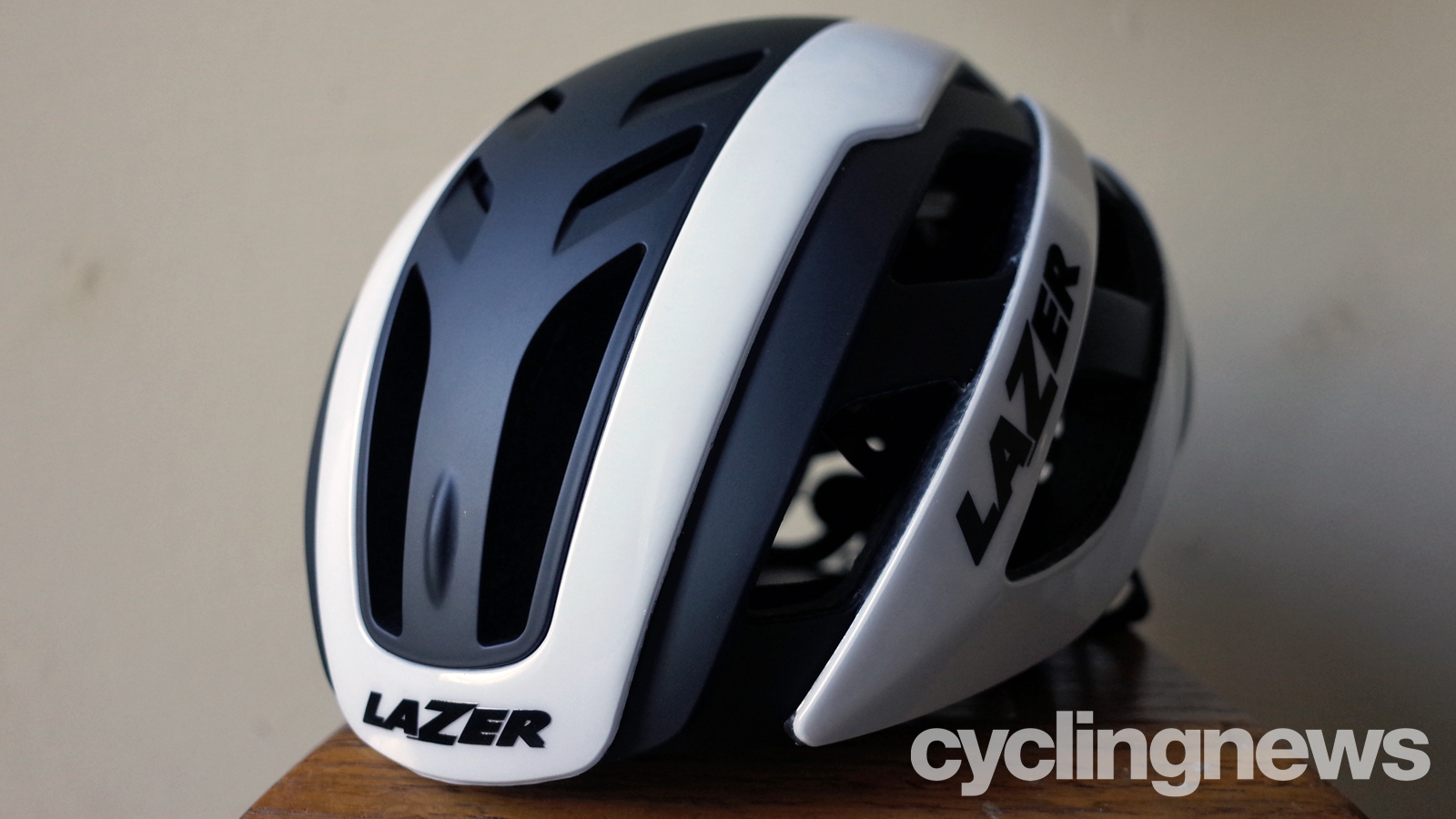
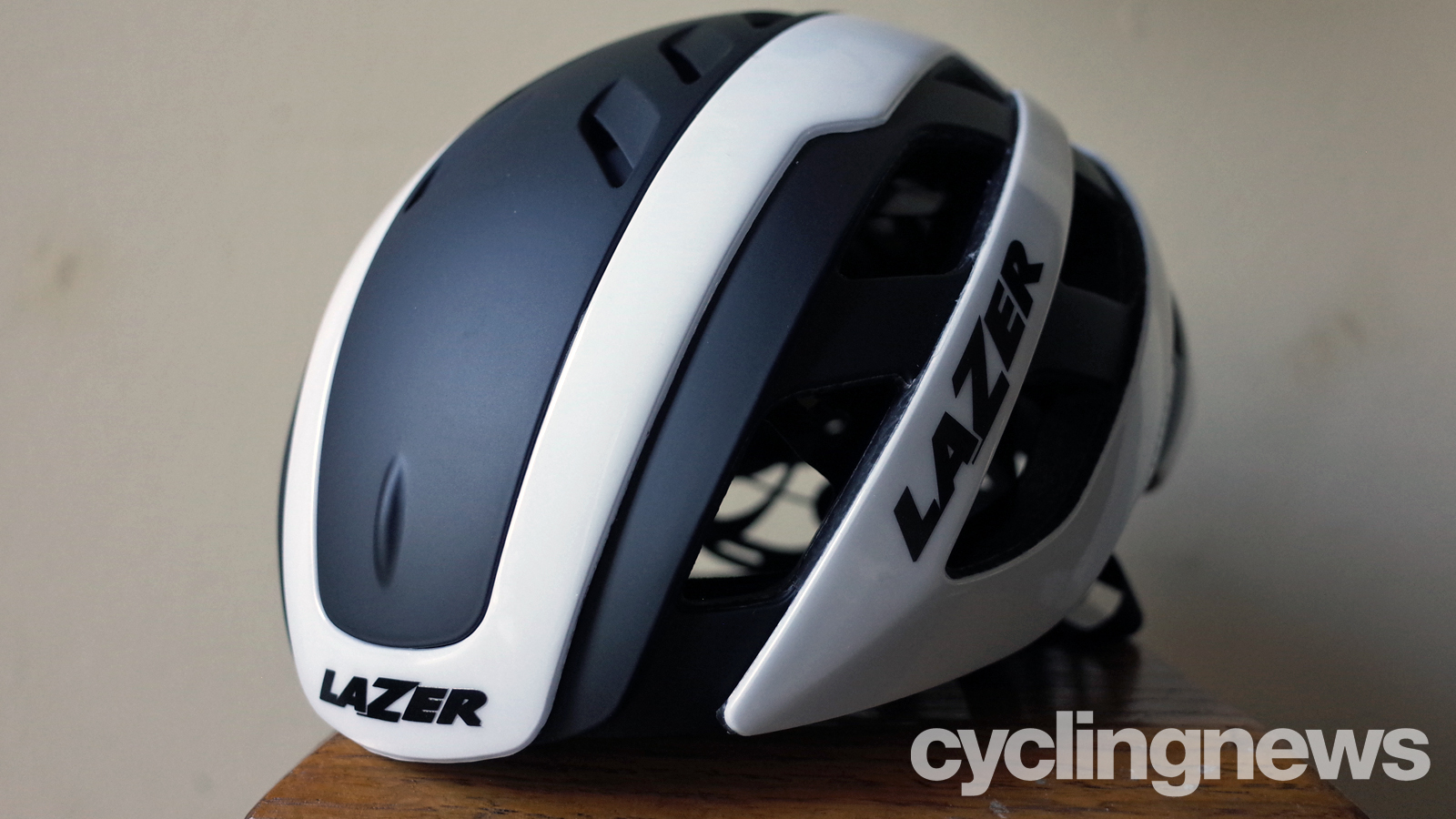
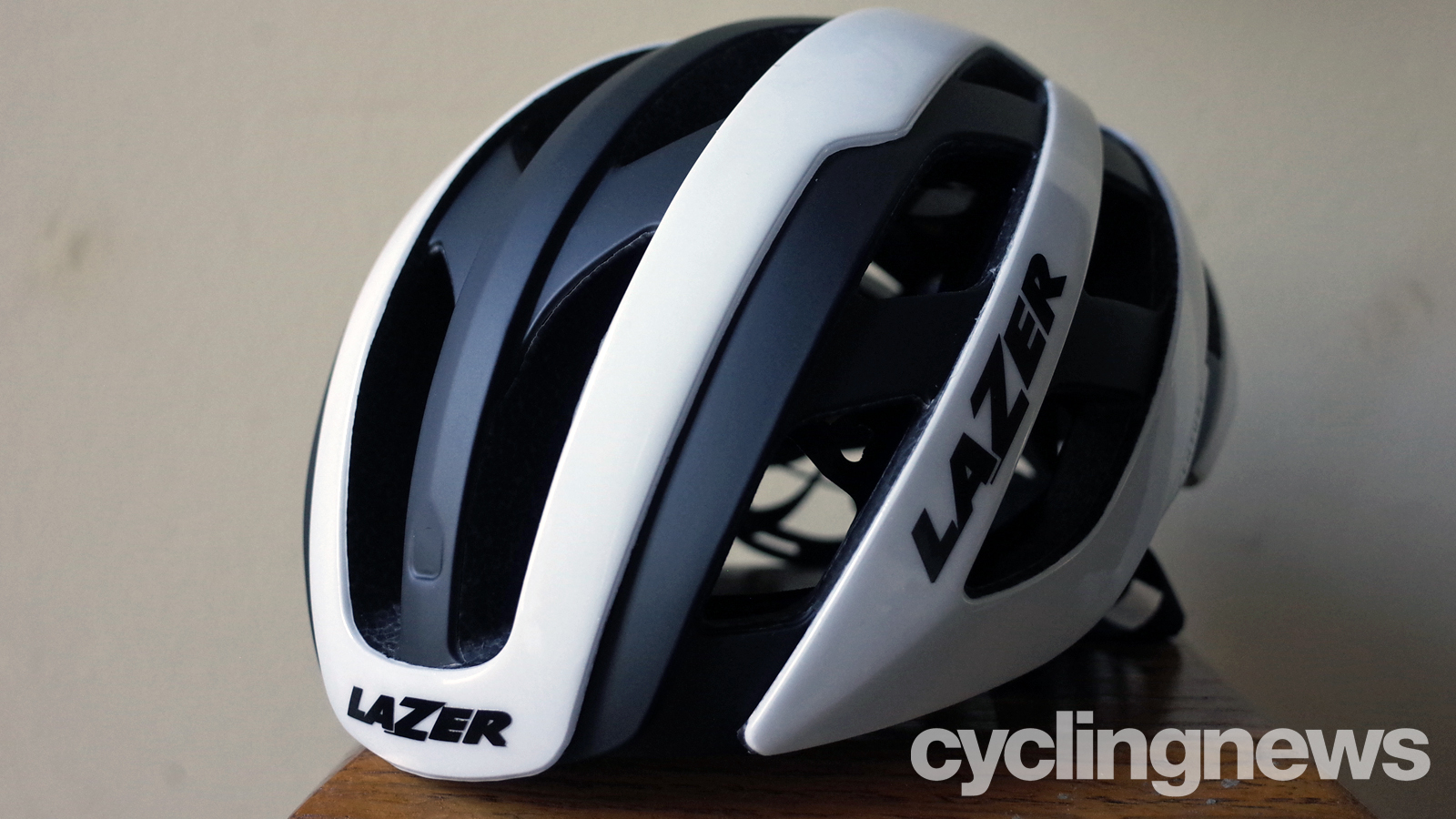
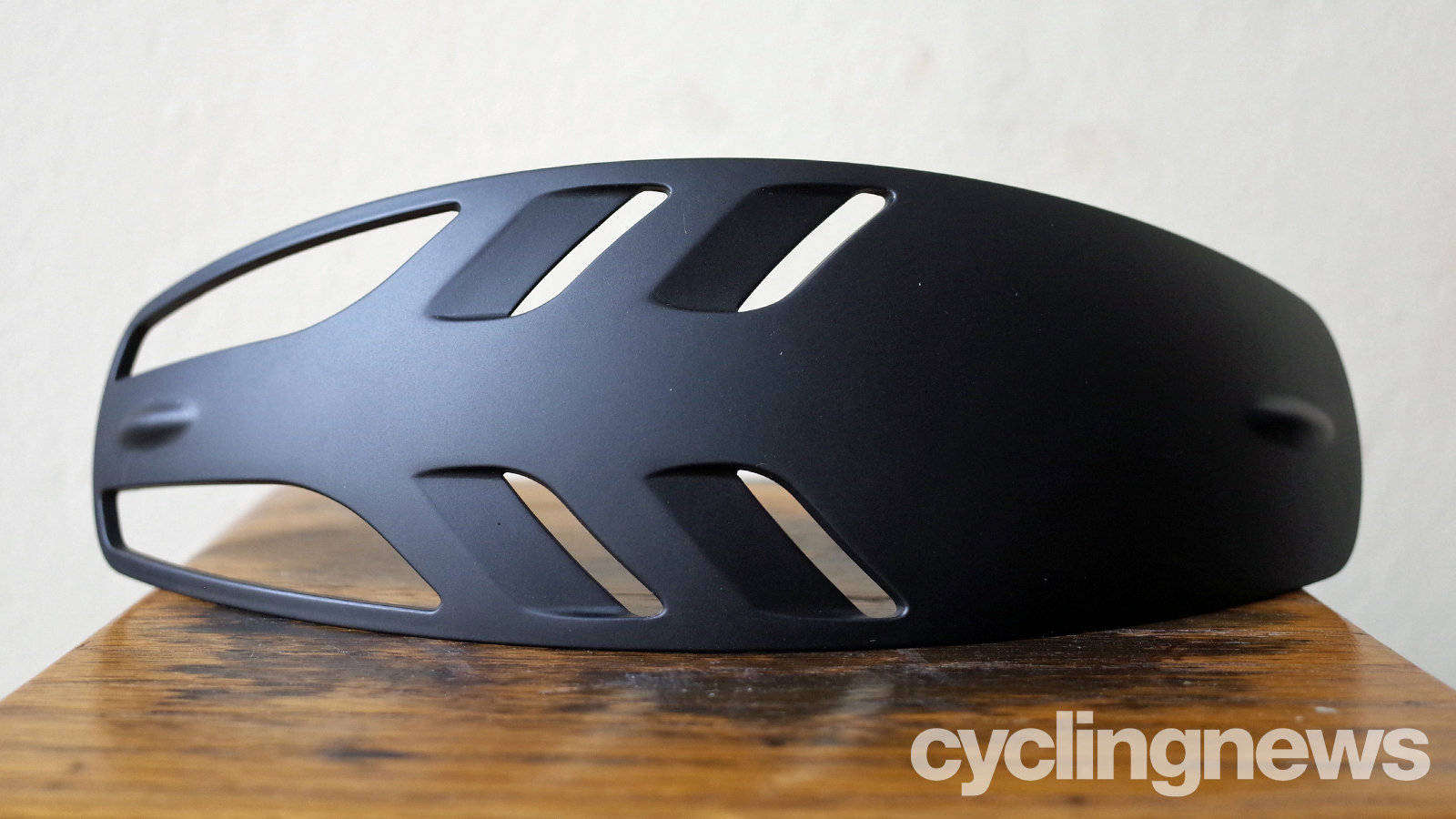
Verdict
While many brands tout the aerodynamics and ventilation of their products, the only real reason we wear helmets is for safety. If your main criteria is a helmet’s ability to absorb and disperse impact forces to the brain, which it should be, the Lazer Century MIPS is one of the best helmets that you can buy. It isn’t perfect, the added weight may put off some riders and the rear light isn’t very effective but I think these are forgivable considering how well the helmet performs at its primary function. Combine the independently tested safety results with a comfortable secure fit, the superbly simple Twist Cap feature and availability at a decent price mean the Lazer is an all-round excellent helmet.
Test conditions
- Temperature range: Summer, 12-20 degrees
- Test duration: One month
- Terrain: Road
Tech spec: Lazer Century MIPS
- Price: £149 / $179.99
- Rotational safety: Integrated MIPS
- Retention: Lazer Advanced Turnfit System
- Weight: 321g (actual, medium)
- Aero: Yes
- Sizes: S (52-56), M (55-59), L (58-61)
- Colours: 3
Graham has been part of the Cyclingnews team since January 2020. He has mountain biking at his core and can mostly be found bikepacking around Scotland or exploring the steep trails around the Tweed Valley. Not afraid of a challenge, Graham has gained a reputation for riding fixed gear bikes both too far and often in inappropriate places.
